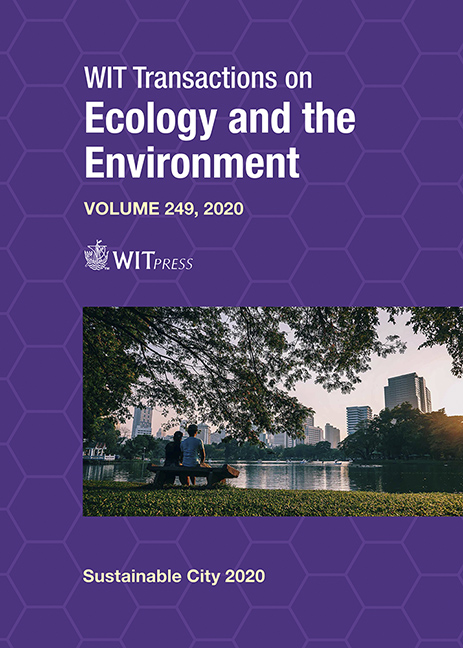SUSTAINABLE CITY GEOMETRIES: SACRED GEOMETRY OF RITUAL SPACE, ARCHITECTURE AND CITY LANDSCAPE IN KANDY, SRI LANKA
Author(s)
WASANA DE SILVA, NISAL AMARAKOON
Abstract
Esala perahera rituals, performing in Kandy, Sri Lanka re-establish spatial relationships between people, temples, the city, villages, river, valley and the mountains through walking and dramatic performances, evoke spiritual atmosphere. Analysing these revealed sustainable city concepts and mathematical geometrical patterns. However, there is a boundary, where cannot be researched beyond to understand the deeper dimensions of the sacred geometries, without geometrical and mathematical analysis. This research examines the geometries of the spatial relationships established by ritual space in Kandy, and its relevance to the city landscape and architecture, to understand sustainable city and sacred geometries. Ritual space created through performing Esala perahera for 15 continuous days is analysed for the purpose, in order to explain sacred dimensions and depth of the place, beyond the boundaries of architectural and landscape analyses. The method of study is by a geometrical analysis of ritual space, architectural elements and the city landscape, exploring geometry in two, three and higher dimensions; to understand the sacred geometries and geographies. It examines the higher dimensions of the centre, axis, and the circular motion and discusses sustainable city geometries. The geometrical analysis is done by utilizing architectural and landscape analytical diagrams developed in a previous study, employing a phenomenological, anthropological, ethnographical research approach. This study reveals further insights of the place; people, social/cultural/religious system, architecture, topographical location, the city and spiritual dimension of the space; where this place cannot be easily understood in isolation, by employing either research approach. Geometrical analysis is useful to further understand the phenomenological, anthropological, ethnographical perspective of the place and strengthened the conclusions of previous studies. Geometries of Kandy reveal the spiritual dimensions, unfolding physical and non-physical side of the place, and traditional city that sustains between these two, continuing sacred geographies, establishing sustainable city geometries, in contrast to new developments.
Keywords
sustainable city geometry, spatial relationships, ritual space, sacred geometry, sacred geography, Esala perahera, sacred heritage sites, place






